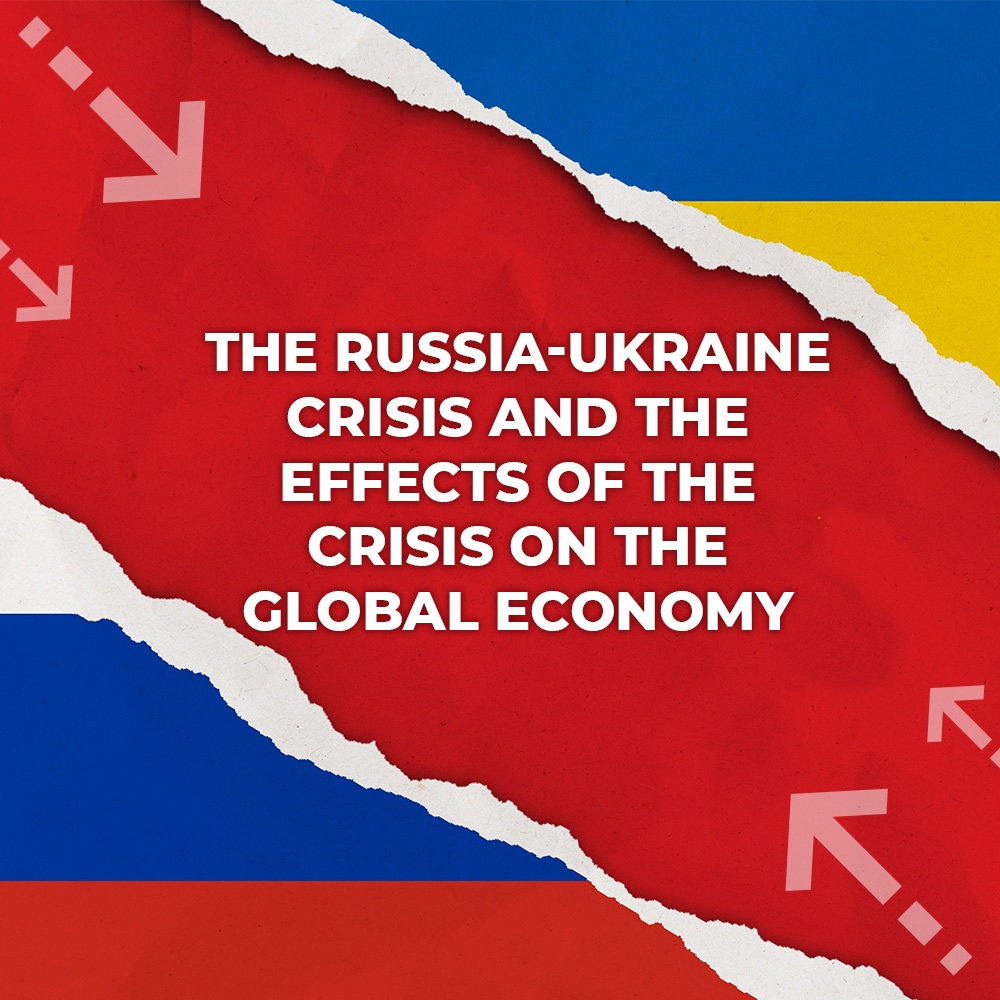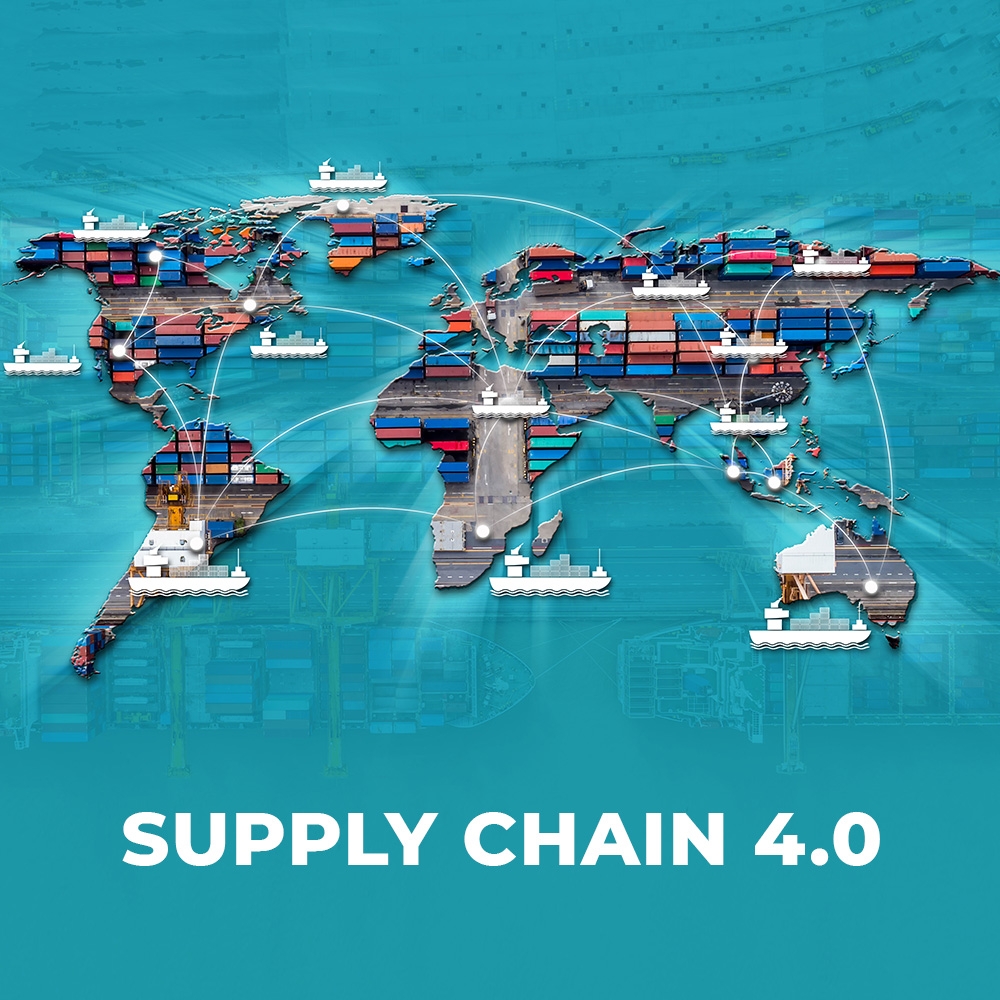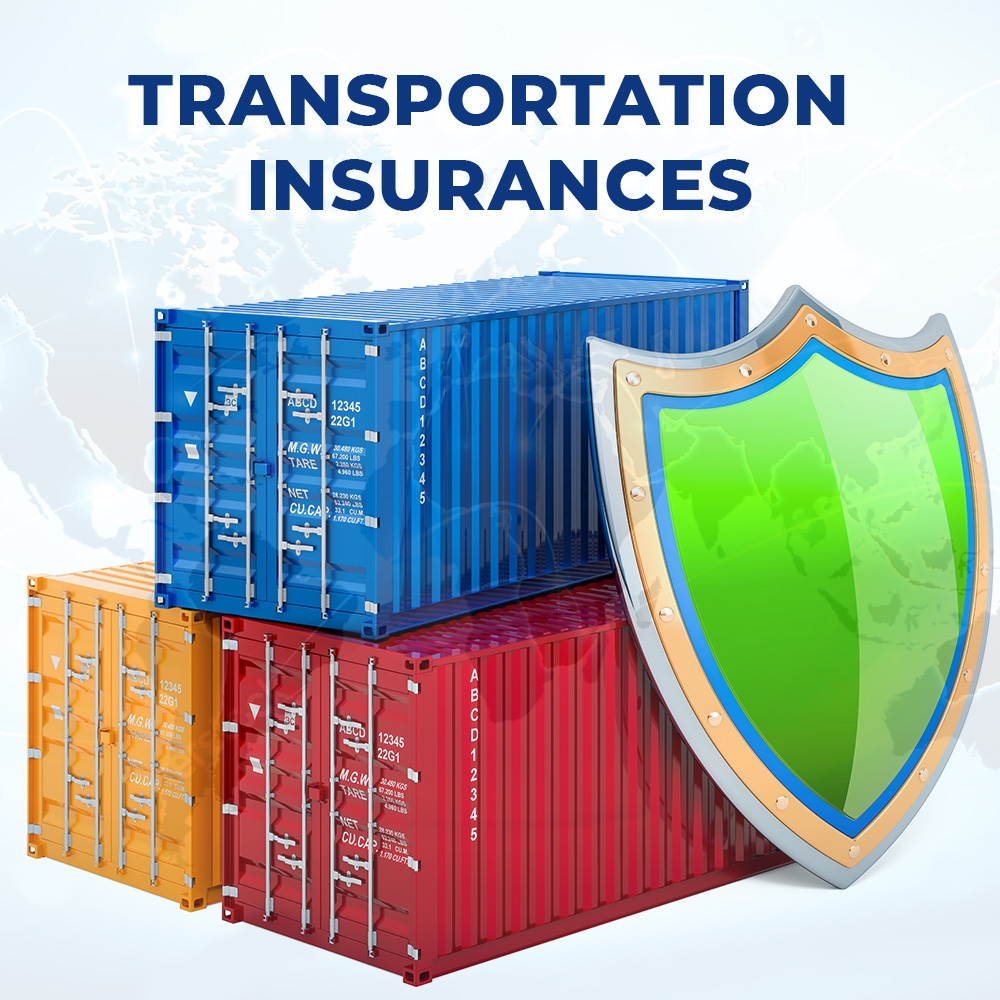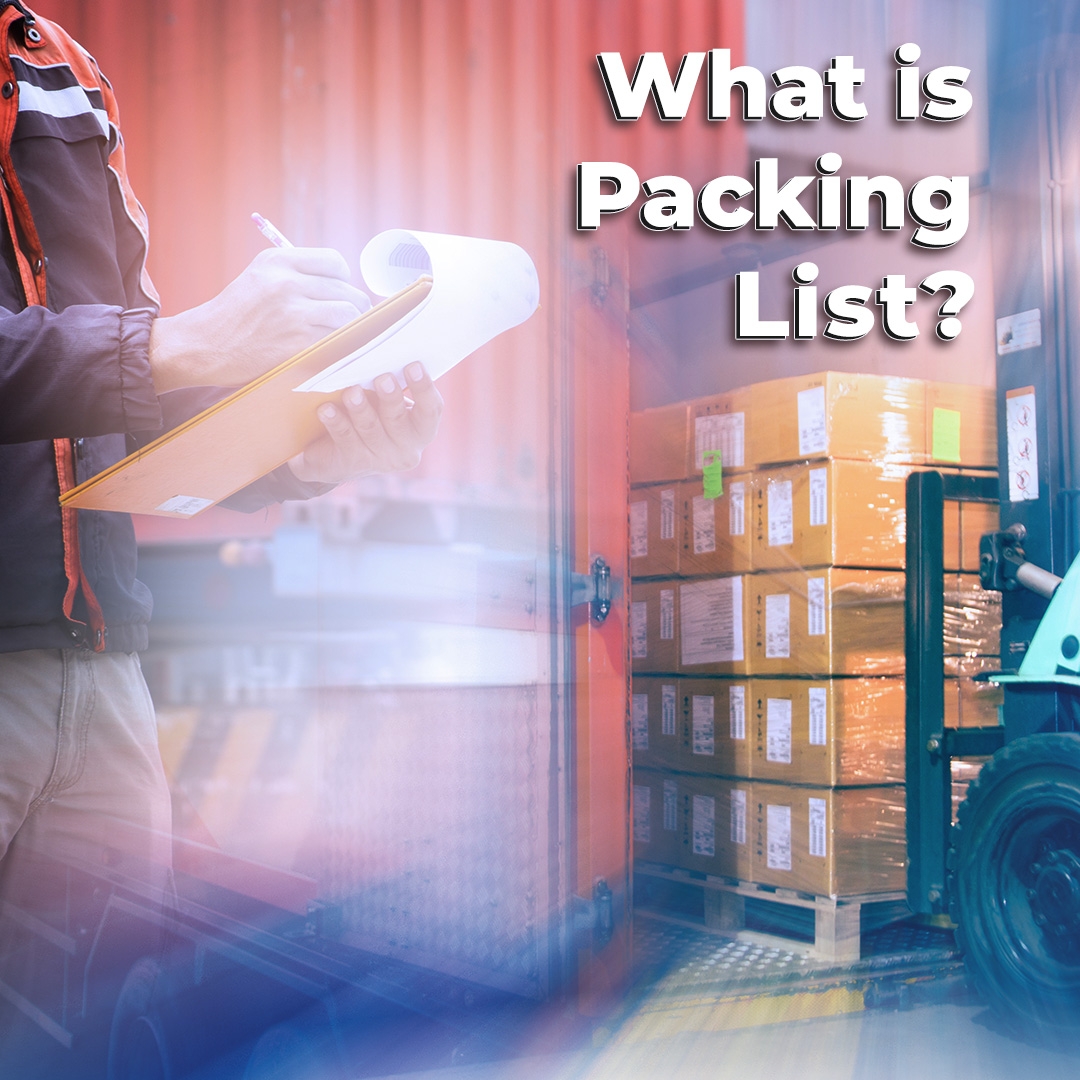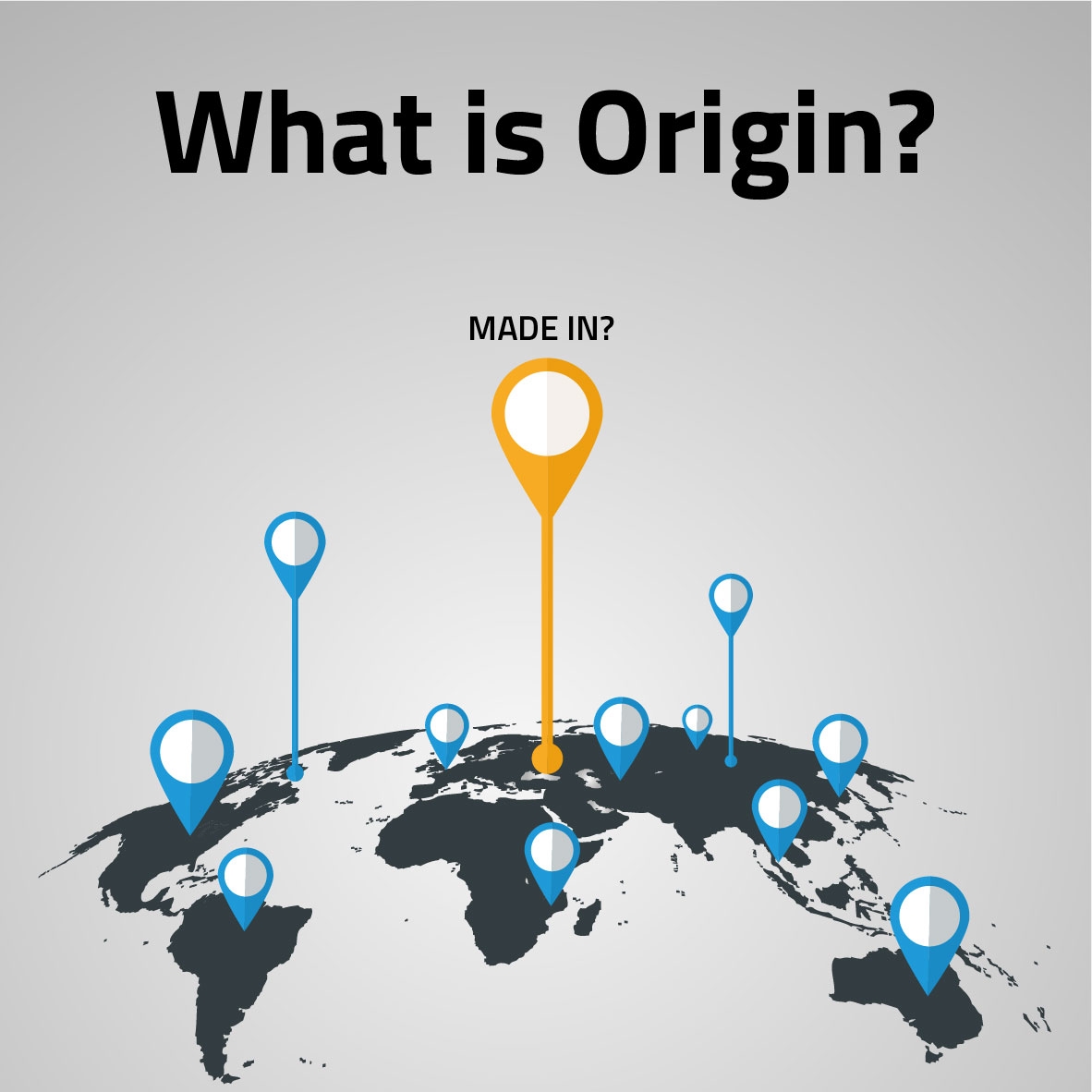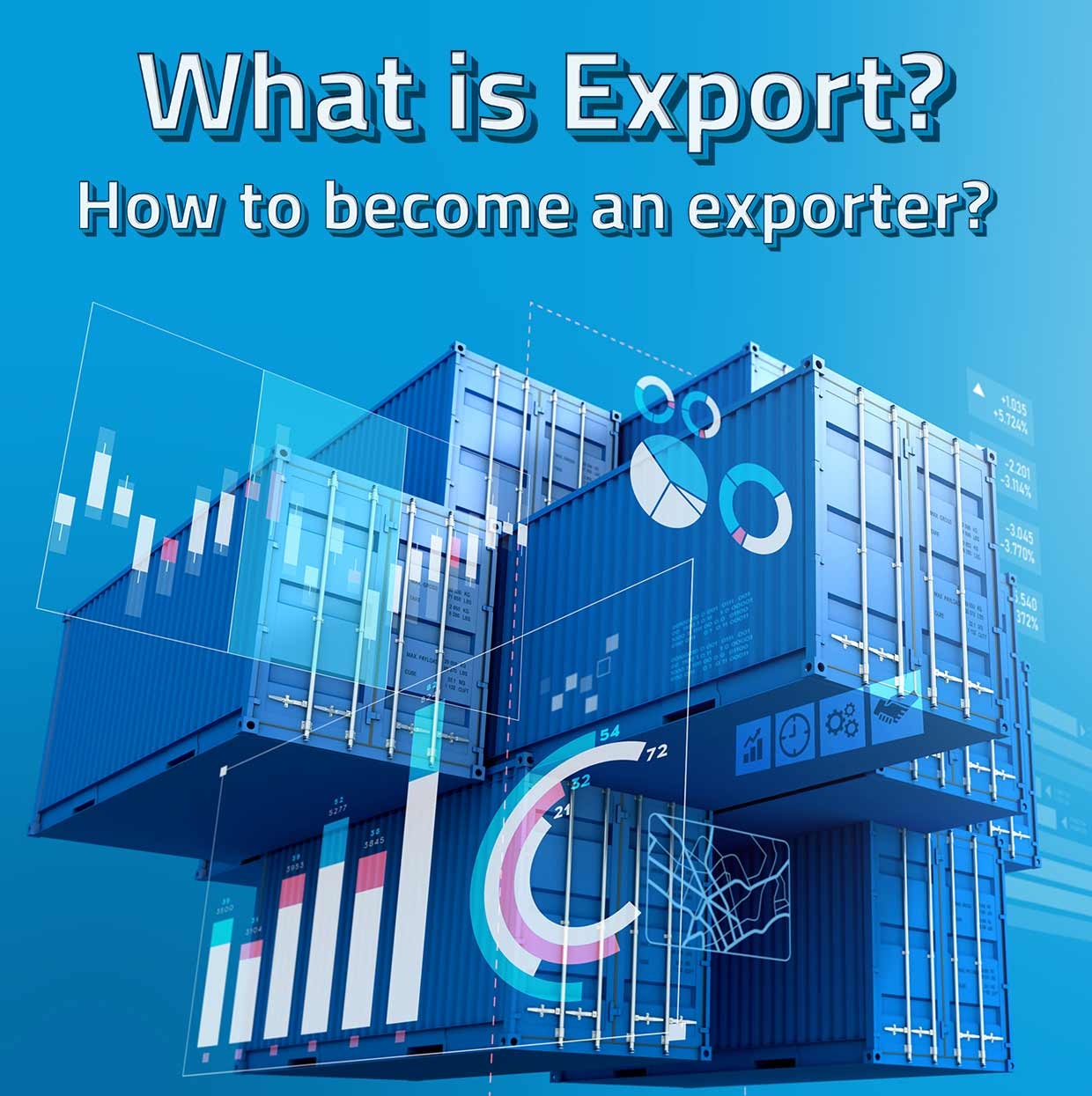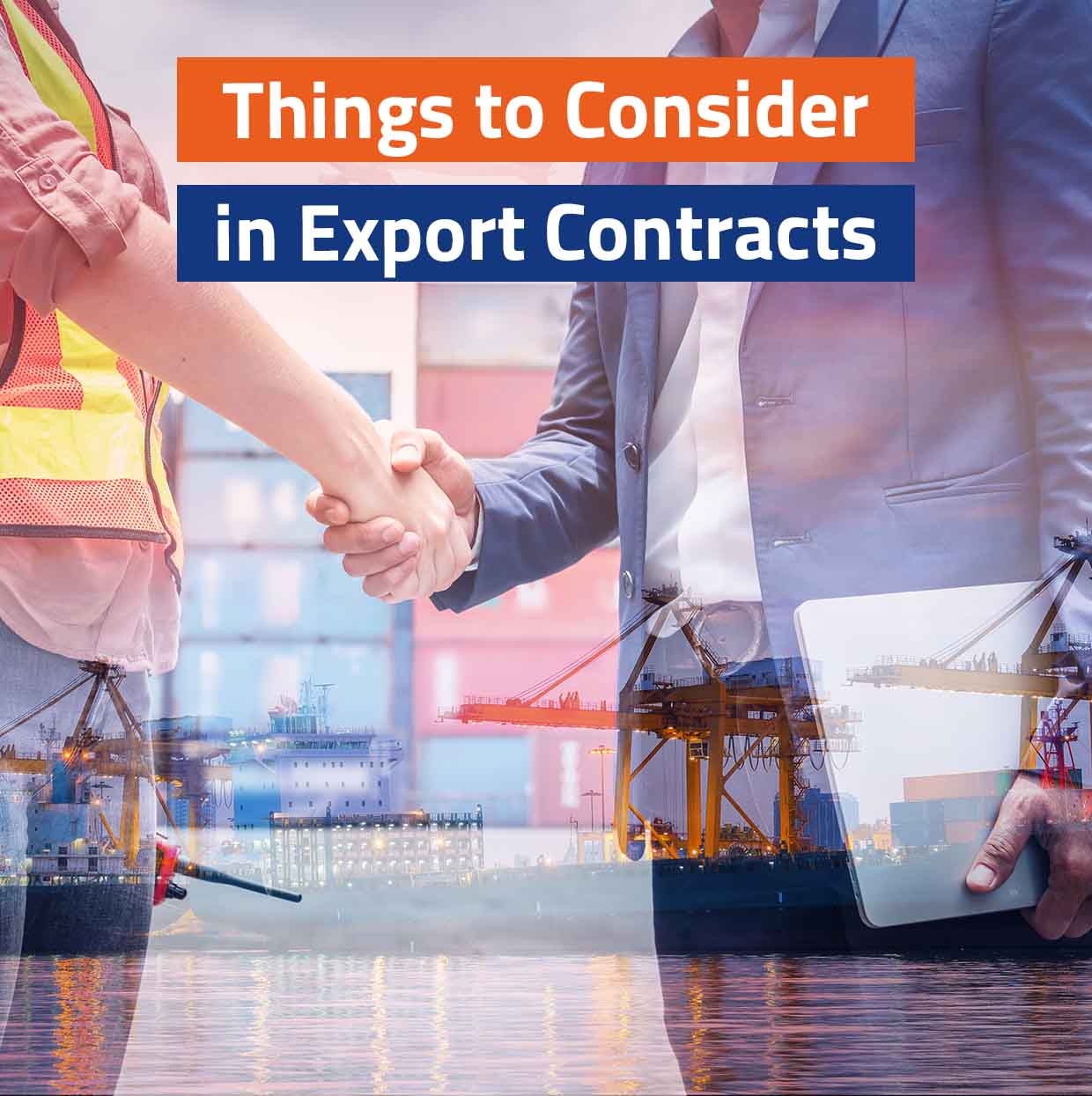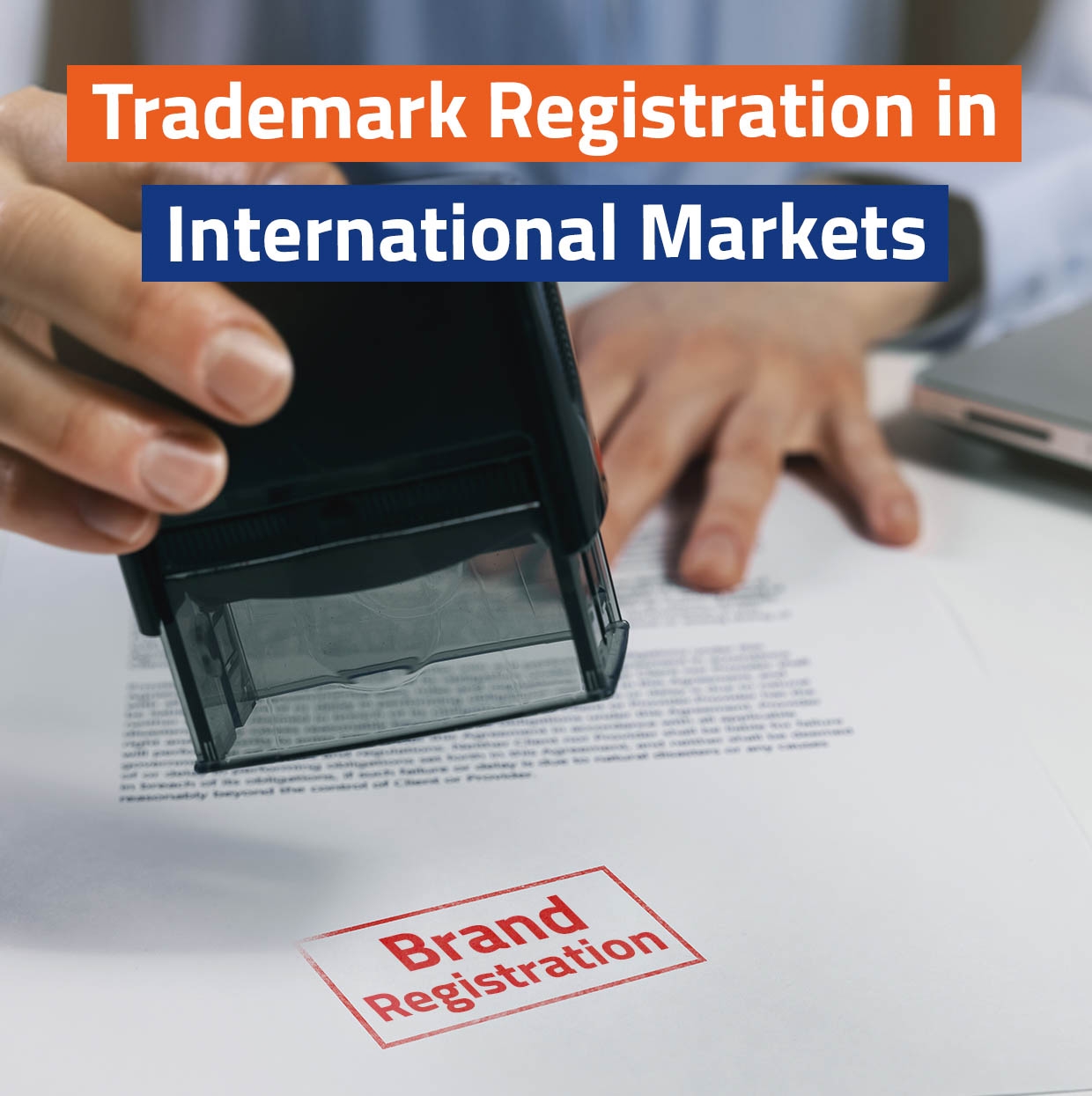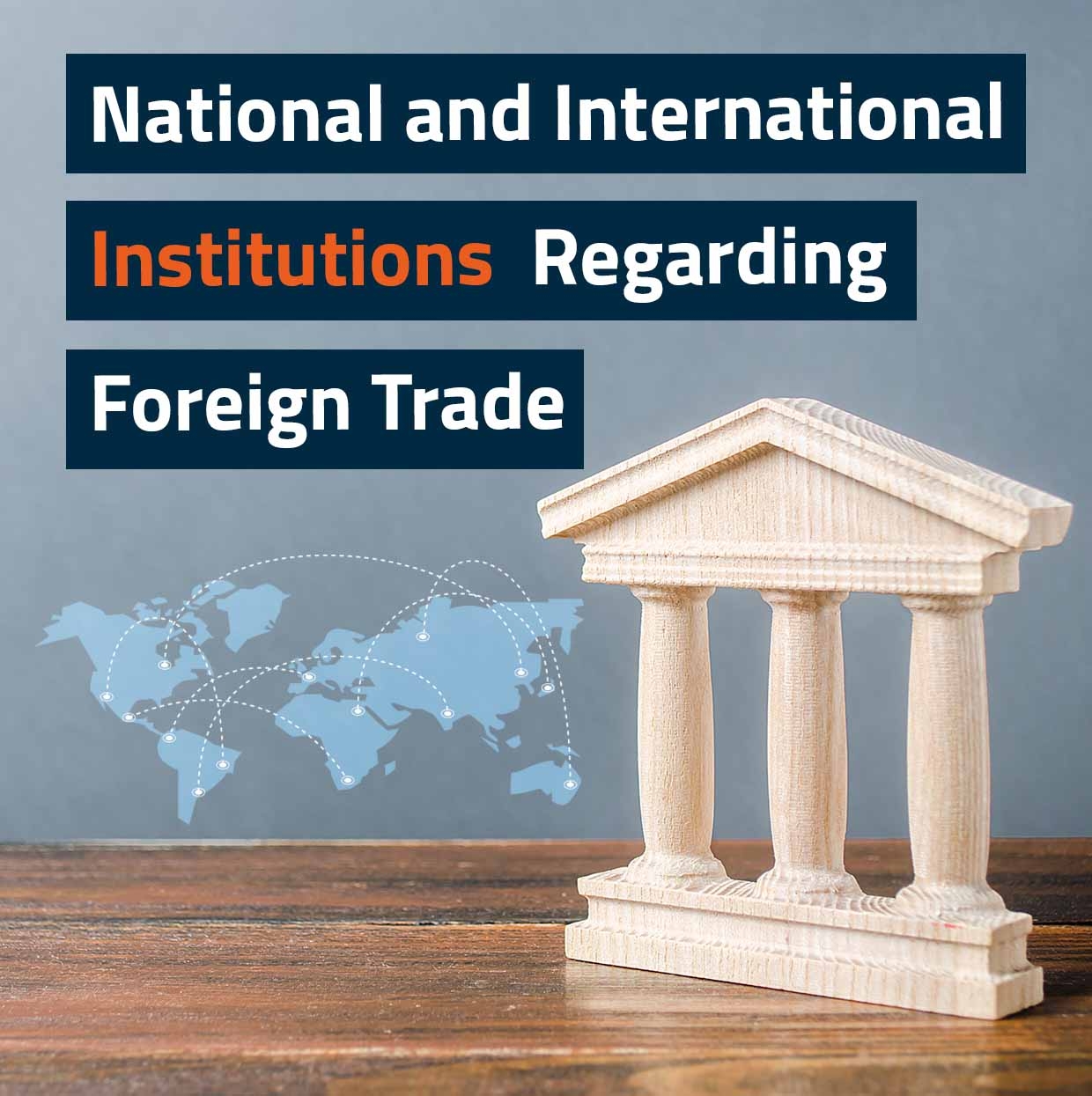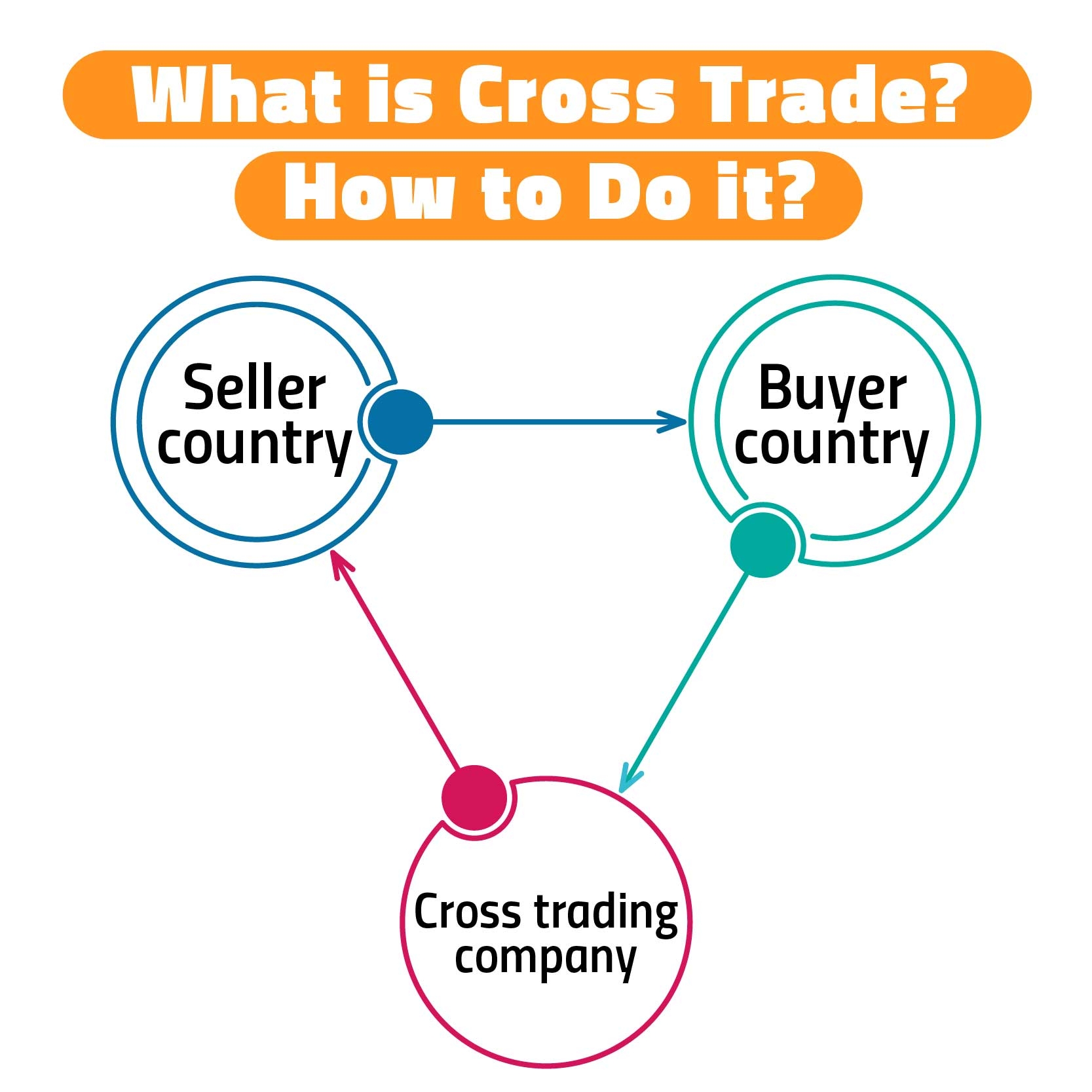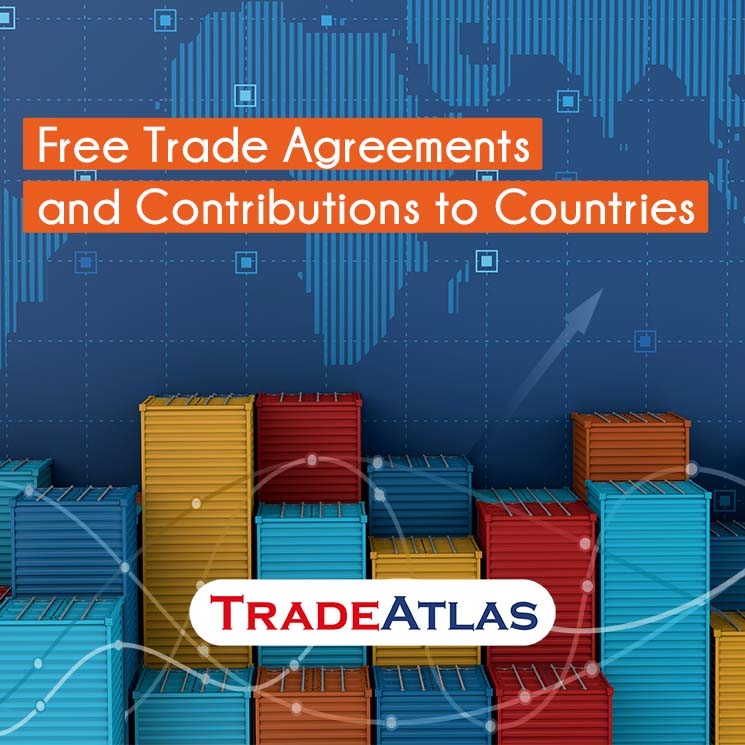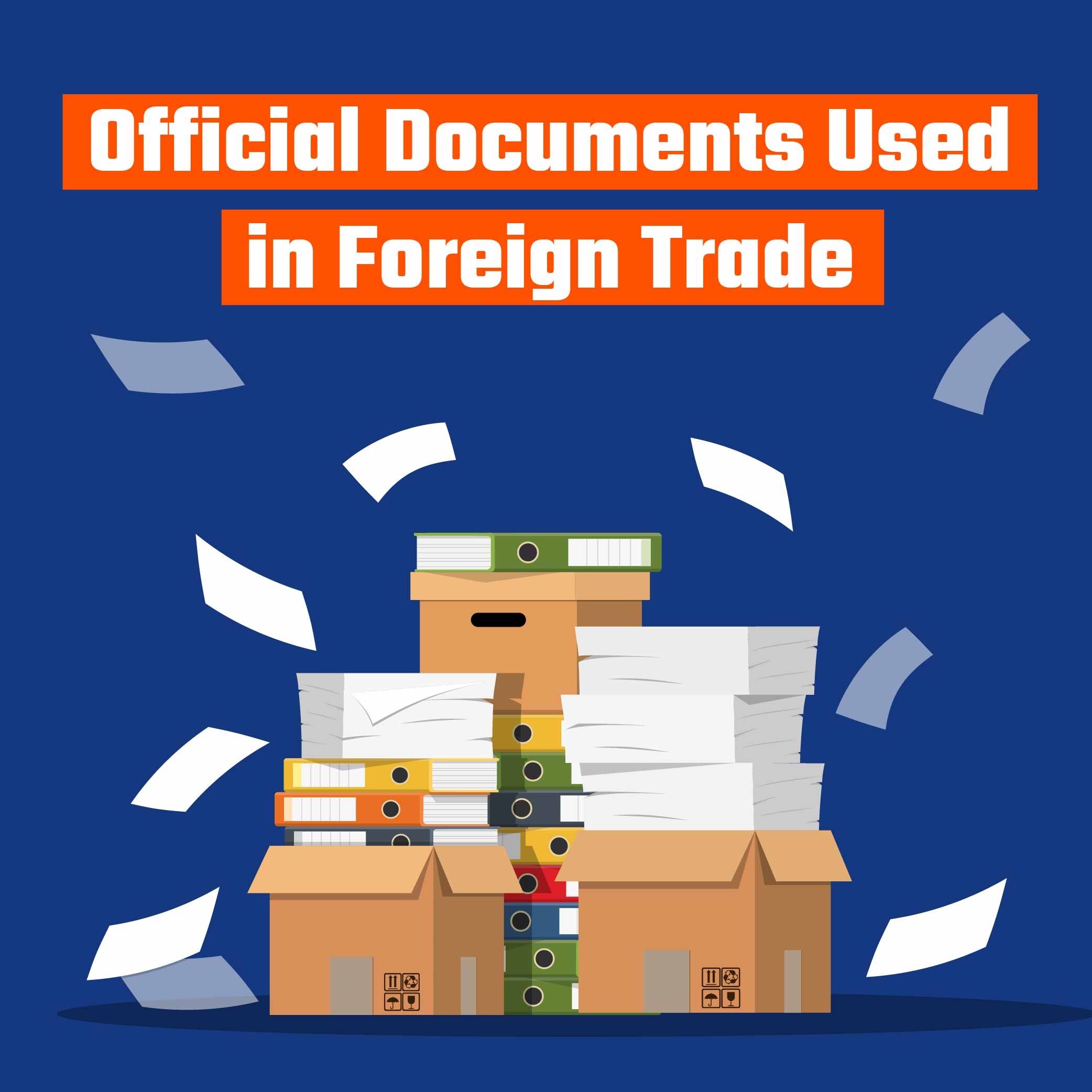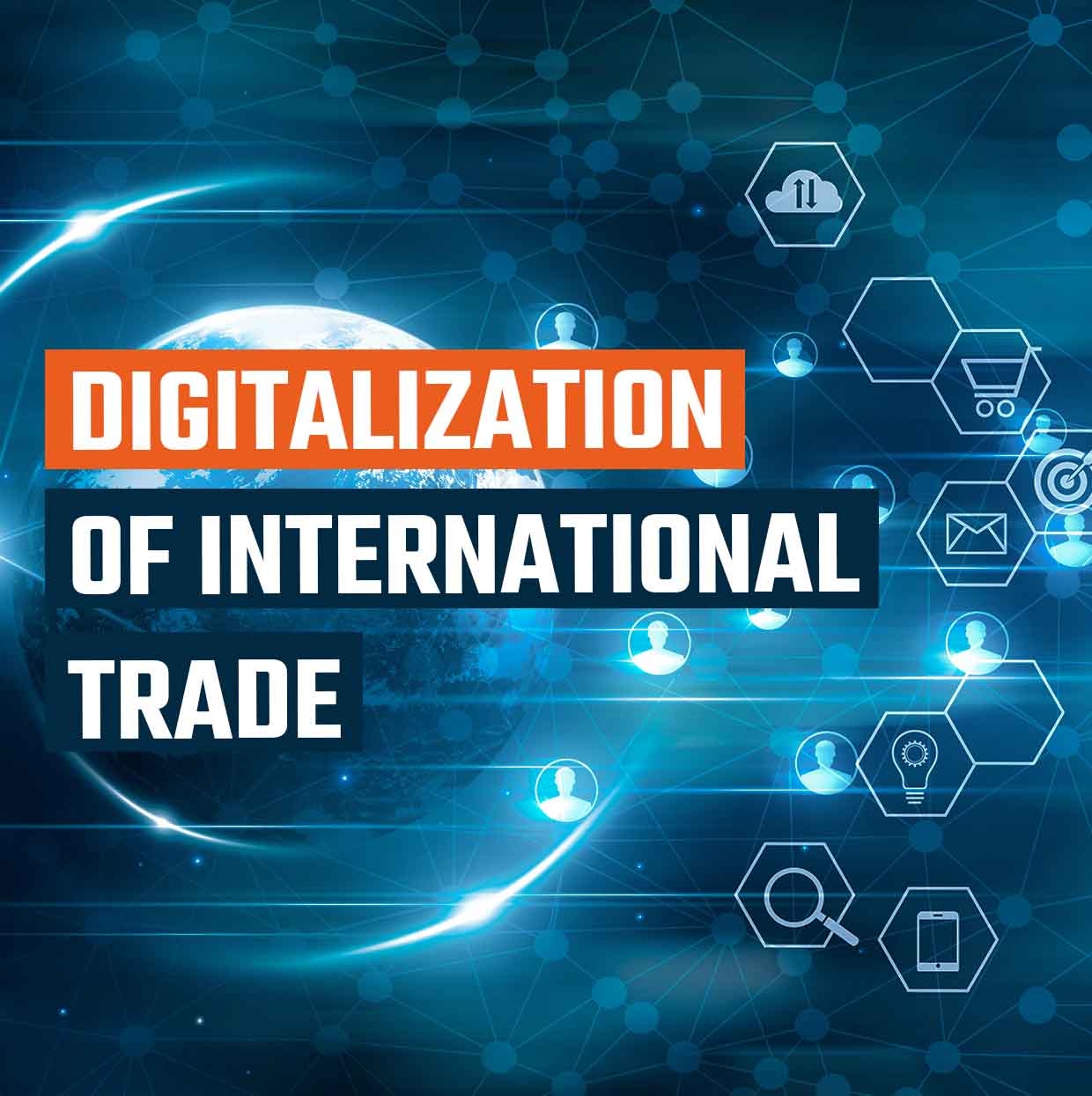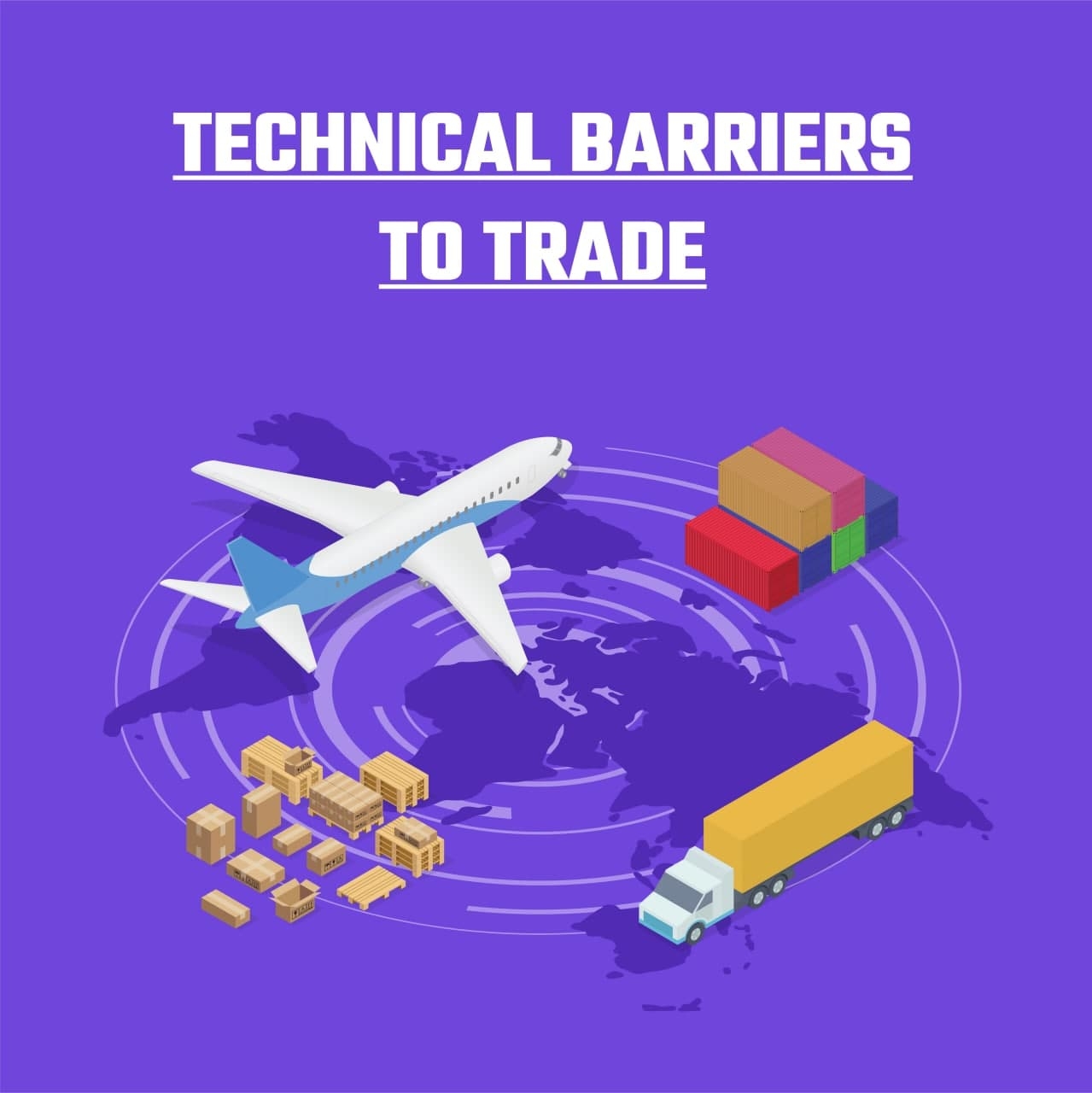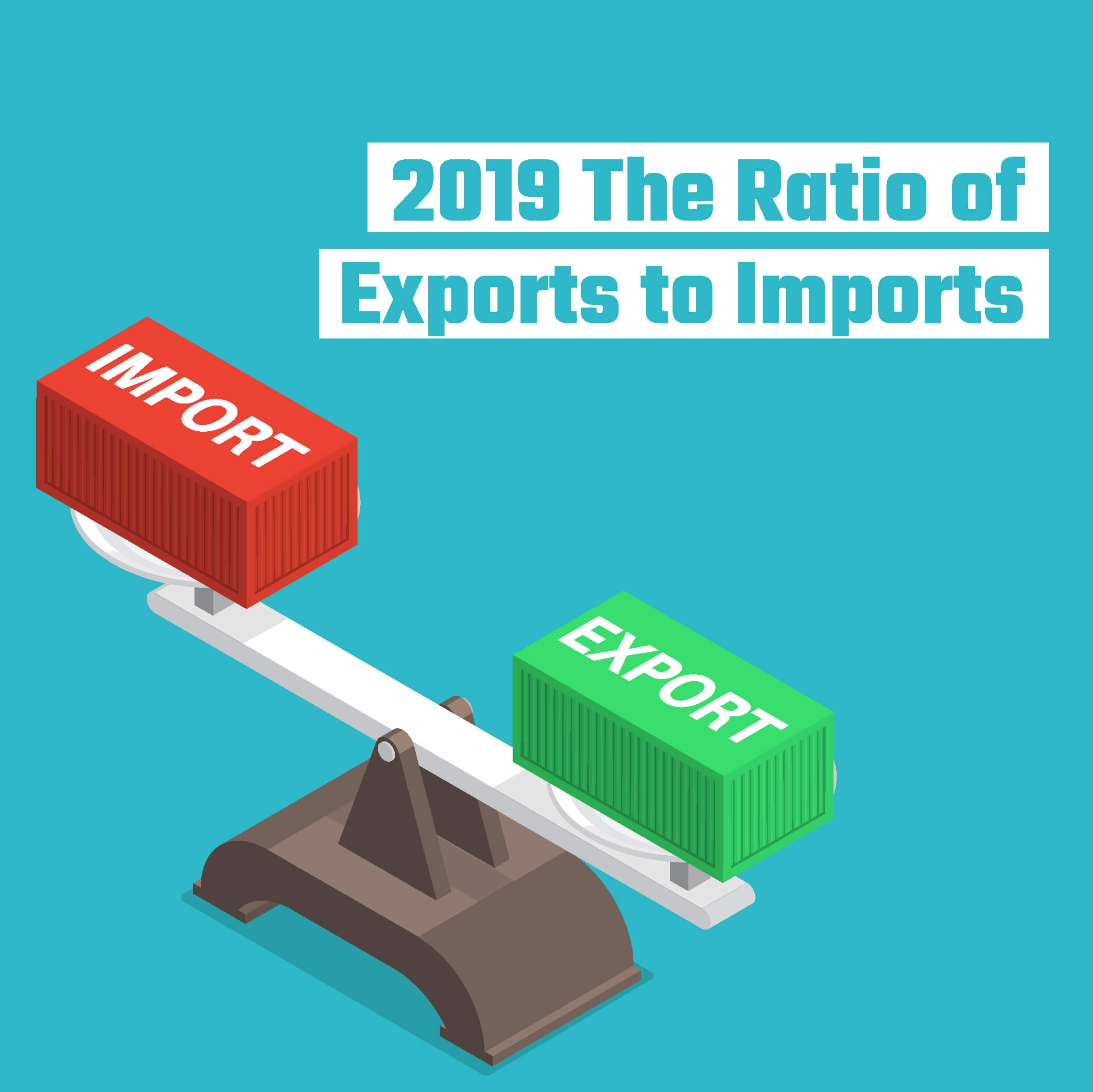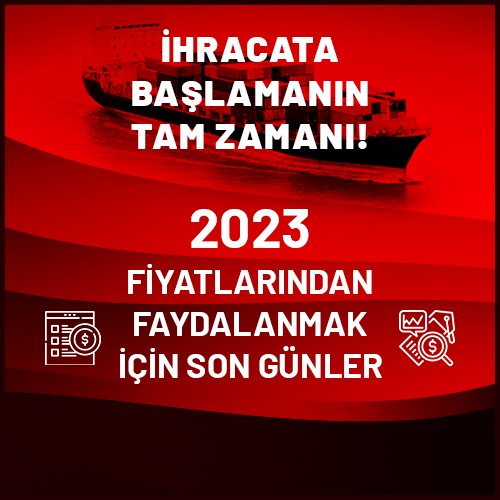Companies consider many criteria’s while choosing their commercial priorities. Transportation or shipping is at the top of this list of priorities, especially for companies that are engaged in importing or exporting activities. The main modes of transportation commonly used in Turkey and the world are at below;
1. Maritime Transportation
Today, companies that engage in export or import mainly prefer maritime transportation. Exporter companies that export especially heavy tonnage products use sea transportation due to its load capacity. In addition, although maritime transportation offers low-cost transportation, it is not widely used in cities and countries where there are no ports.
2. Road Transportation
Road transport is widely used in short-distance transport. Since terminals such as ports or airports are not needed, large export companies can establish their own road transport network with relatively little cost. In addition, road transportation is the preferred transportation method in the transportation of low volume goods.
3. Air Transportation
Air transportation, one of the most modern logistics operations in the world, has been on the rise in recent years. Since it is the most rapid way of transportation, in emergency situations firms that export to far away regions of the world use air transportation. Since this method is more costly than other methods, it is preferred by international exporters and importers rather than companies who only do local business and use domestic transportation.
4. Railway Transportation
Another main transportation activity is rail transportation. Generally, rail transportation works in an integrated way with maritime transport. Although it is commonly used for the export of low-value goods, this method is not useful in cases where railway networks are not developed.
5. Other Transportation Methods
According to TUIK's data in 2019 the above-mentioned modes of transportation are the most preferred modes of transportation in Turkey. There are also other transportation methods different from those methods. For example, pipeline transportation is used in the import of crude oil, liquid or gaseous natural gas. In addition, using two or more methods together, import and export can be done under the name of multi-modal transportation.
Exporters in Turkey commonly use maritime transportation. According to the data of TUIK for 2019, maritime transportation ranks first among all transportation activities in the field of export with a share of 60.3%. Firms dealing with the export of products such as automobiles, furniture, and natural resources also agricultural exporters use maritime transportation due to its high load capacity. Again, according to TUIK's data for 2019, the second most preferred method by exporting companies is road transportation. According to this data, road transportation consisted 30.1% of all export-related transportation activities. Firms that export to relatively close neighboring countries use this way of transportation. Air transportation is one of the least preferred shipping methods in exports with a share of 8.2% according to TUIK's data. Finally, the least preferred method of exporting companies is the methods that we examined under the headings of railway transportation and others. According to TUIK's 2019 data, the total share of these methods was 1.3%.
As we have seen that maritime transportation is the most prevalent mode of transportation in export-related modes of transportation, it is also the most common mode of transportation in import-related transportation activities. Maritime transport constitutes 53.7% of the total transport activities in imports, according to 2019 data of TUIK. While importing heavy tonnage products such as heavy industry, natural resources, and machinery, the high load capacity of maritime transport is benefited by importers. According to the data of TUIK for 2019, importing companies prefer land transportation as the most common after maritime transportation. The total share of road transport is 17.7%. Chemicals, textile products, and agricultural products that are imported from neighboring countries are widely transported by road. Again, according to the same data of TUIK, air transportation was used by importing companies while importing goods abroad, air transport has a share of 13.9% in the transportation of imported goods. According to TUIK's 2019 data, among the transportation activities which are used when importing products, the methods we examine under the "other methods" heading have a share of 14.0%.



